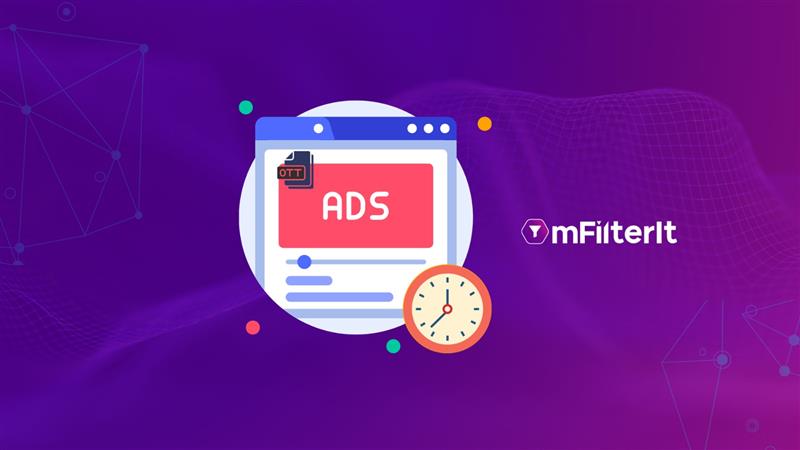Turning visitors into customers starts with achieving high search rankings. The higher search rank directly results in high visibility and more probability of getting picked up by the shoppers. It is just like a physical shopping scenario where your product is placed at a perfect place to catch the shopper’s eye and at a distance to be easily picked up from the shelf.
In an eCommerce marketplace, most shoppers buy the top product on the list unless they are looking for something specific not featured in the list. A higher search rank also means the product will be available to more shoppers online based on the search.
The goal is to create an attractive Product page, grab shoppers’ attention – convert that add-to-cart decision to an instant buy.
eCommerce platforms like Amazon use their own search algorithm to list a product that is completely different from Google’s. When a buyer searches for a product on Amazon, results are delivered through a two-step process. Firstly, they pull relevant results from their catalogue and then they rank them according to relevancy. They continually evaluate their algorithms using human judgments, programmatic analysis, key business metrics, and performance metrics.
Table of Contents
ToggleHere are some important things that your search rank on the eCommerce marketplace says about your brand
1. Identifies your product position vis-a-vis competitor product in the products category or sub-category
The product with the best search rank on the digital shelf gets the highest visibility and, eventually, has a chance at achieving higher sales. The search algorithm of eCommerce marketplaces shows results based on historical purchases, best sellers, reviews & ratings, and other factors. Brands try their best to make their product easily discoverable, especially on the top keywords.
One of the methods of optimizing the pages is by identifying the most relevant keyword for a specific product and product category on the product’s page.
By doing so, they can evaluate the leader and measure their overall performance on the organic and sponsored search results. Analyzing the search results would show the top-ranking product under a category and enable making strategies around the same too. But a more diversified method of knowing the top performer and runner-up would include measuring search results across the platform, variants, pin code, and other levels.
2. Does your product have the best SEO? Or could the product achieve a higher organic ranking?
Brands only select a few keywords on which they display their sponsored listings. One of the key components affecting the search rank of the digital shelf of the remaining organic product listings is SEO. Regularly monitoring such search results on the organic keywords helps to find the product with the best page optimization.
Analyzing the top search results against the competitors enables brands to find the brand leading the search rank on the digital shelf. A higher search rank on organic results only requires efforts from marketers. So, the brand saves money whenever the product has a high search rank without additional bidding costs.
This is how high search ranking will impact your business:
- Established authority and good reputation
- Round-the-clock promotion
- Higher Organic search traffic
- High-quality visitors and increased conversion
Such product listings help brands to achieve a higher conversion rate.
The biggest factors influencing page optimization include the images, video, title, description, and any other form of content in the hands of the brand. The most effective method of measuring the performance of each of these components is by analyzing them with the competitors. Once the results display the product pages with the best results, marketers can use the information to enhance the page performance for each listing.
3. Does your Product Listing have the Potential to Influence Customer’s Buying Decisions?
The urgency to buy a product is higher on quick commerce apps like BlinkIt or Dunzo than on Amazon or Flipkart because they offer fast delivery. If you want brown bread and search for it, the tendency to buy from the top results due to urgency is the highest. Wouldn’t you agree? Maybe not, but many do the same.
Most visitors across a pin code often see similar results on eCom apps, so the demand for products on the top search results is higher than others. Therefore, the top results often go Out-of-Stock (OOS) faster than others. The top results on Amazon and other eCommerce marketplaces can change the buyer’s perspective.
For example, if you searched for ‘shoes for men’ and saw a variety of sporty shoes, you might not go for a known brand and opt for a new one, just because of the design and features. The designs shown in the top results convince the online shopper that the results display the trending forms of shoes, and sport shoe buyers must have them. The top results on the keyword searches influenced the buyer’s perspective about the sport shoe designs.
Final Thoughts
The search rank of a product on sponsored and organic keyword-based results tells a lot of tales to brands and e-commerce marketers. Brands need to focus on the results of the digital shelf as it enables them to achieve higher visibility and, eventually, sales.
Moreover, digital shelf analytics enables brands to understand more about the areas of improvement of their products. Measuring the product’s performance at this level would require measuring the performance of the competitors with real-time actionable insights.
Our eCommerce competitive intelligence solution, mScanIt, is helping brands to measure the performance of their product pages. It also helps brand marketers to find factors enabling competitors to achieve higher results and earn the trust of customers.







